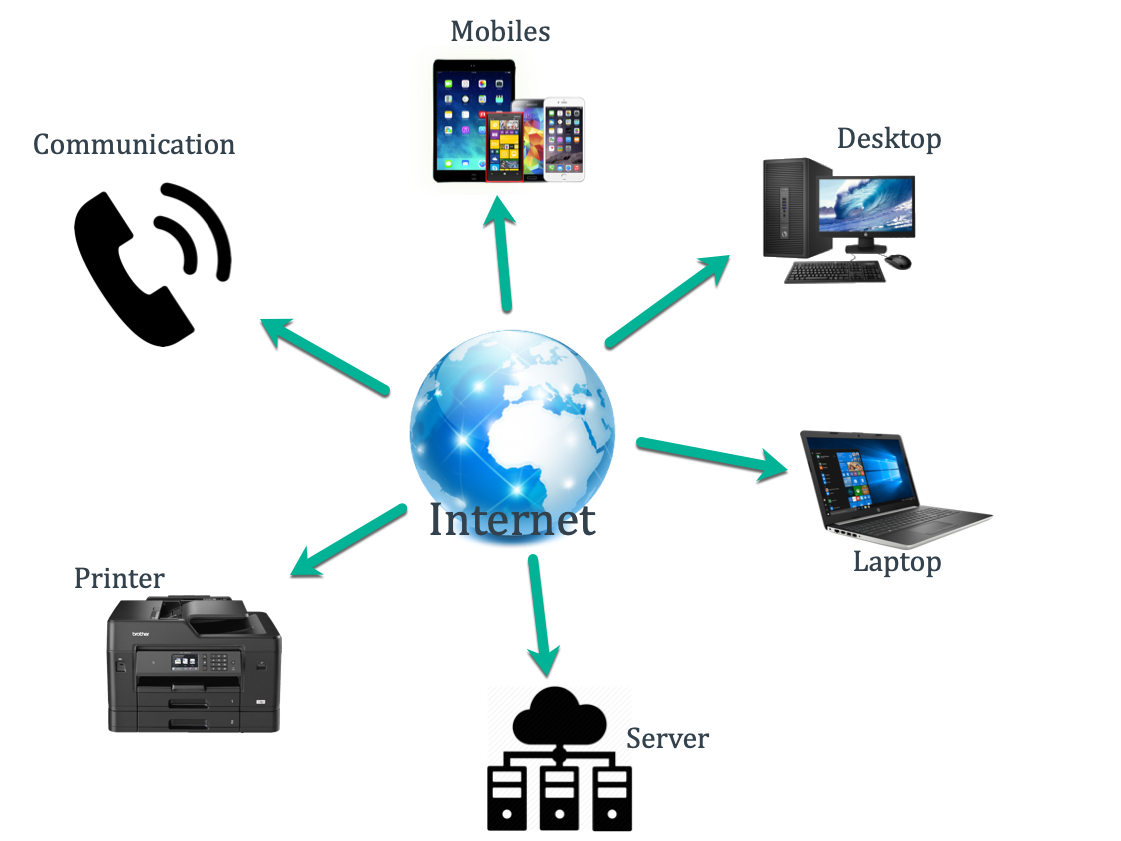The internet is a global network of interconnected computer networks that allows users to access and share information and resources. It's essentially a "network of networks," connecting billions of devices worldwide. This interconnected computer enables communication, data sharing, and access to a vast range of online services.
Here's some more details about internet.
Interconnected Network: The Internet is not a single, monolithic network, but rather a vast collection of individual networks, both public and private, that are linked together.
Communication and Data Exchange: It facilitates the exchange of information between devices through standardized communication protocols, like TCP/IP.
Access to Services: The Internet provides access to a wide range of services, including websites, email, social media, online applications, and cloud storage.
Global Reach: It connects devices and users across geographical boundaries, enabling communication and collaboration on a global scale.
Foundation for Modern Life: The Internet has become an essential tool for education, business, entertainment, and personal communication.
In essence, the Internet is the infrastructure that allows us to connect, communicate, and access information from anywhere in the world.

